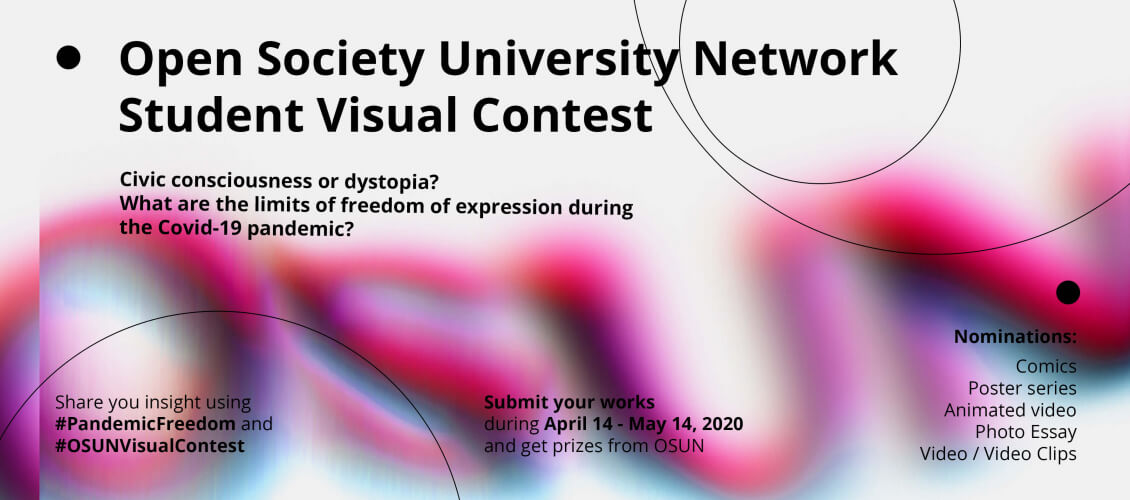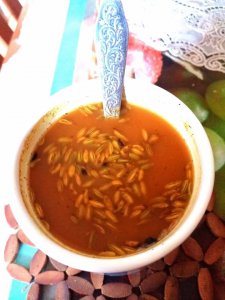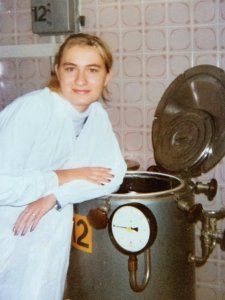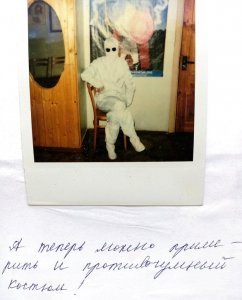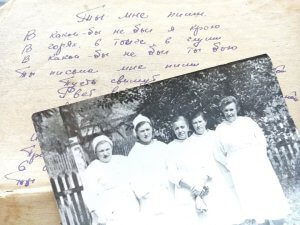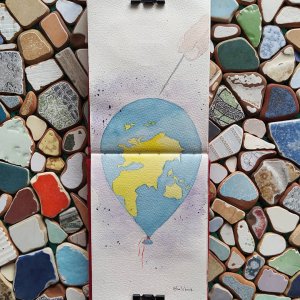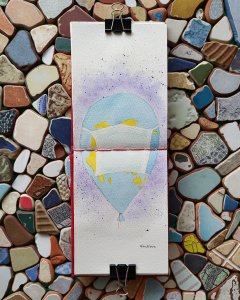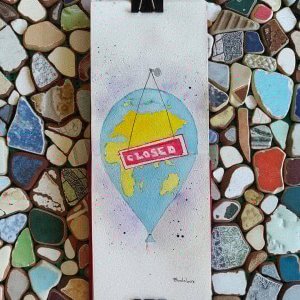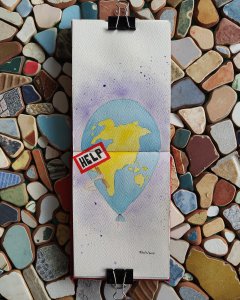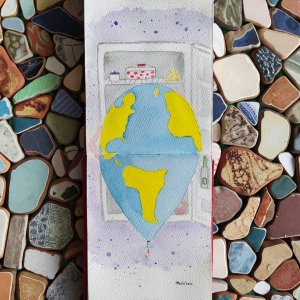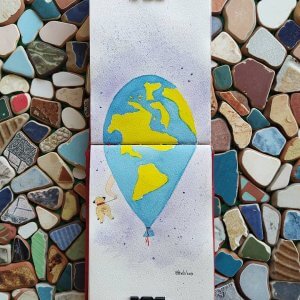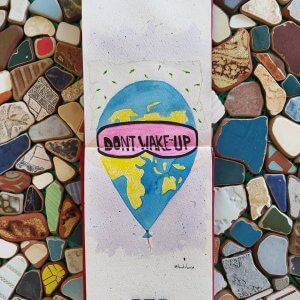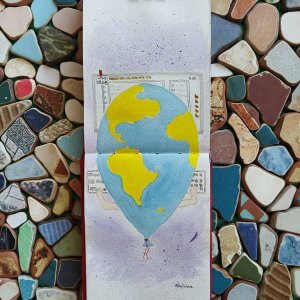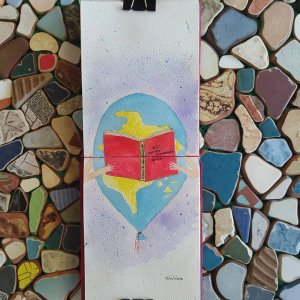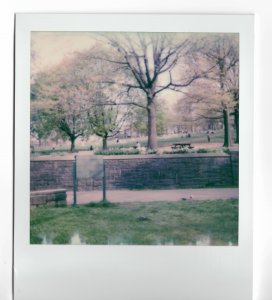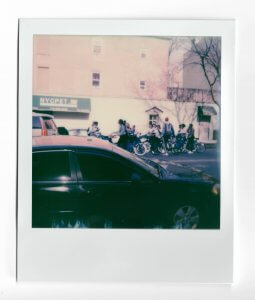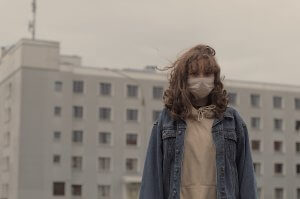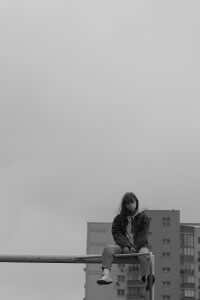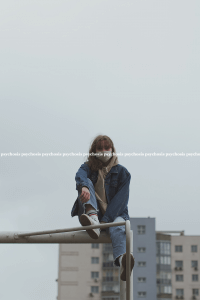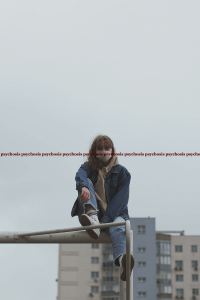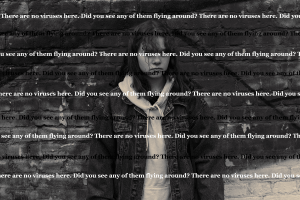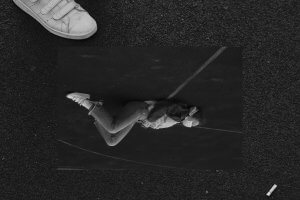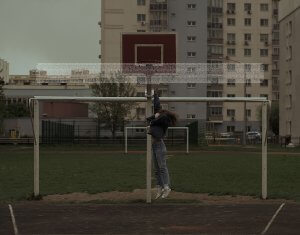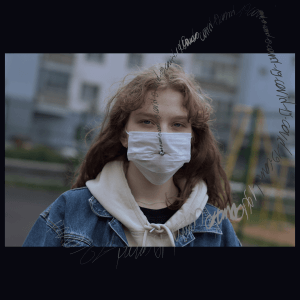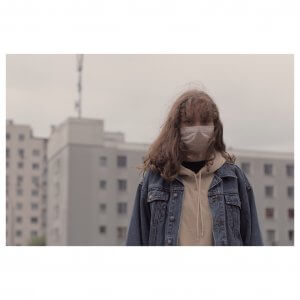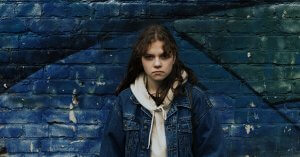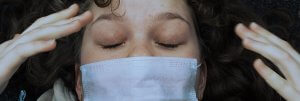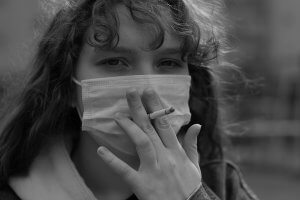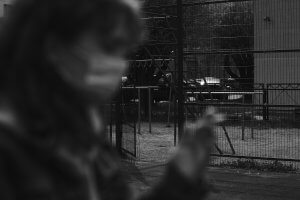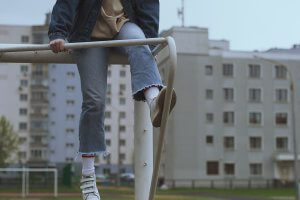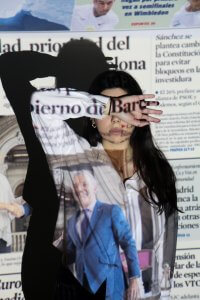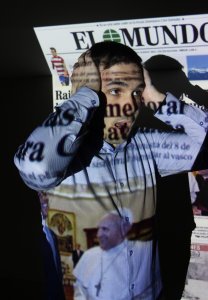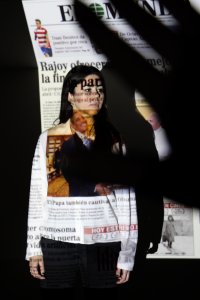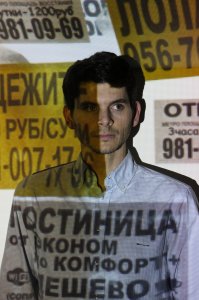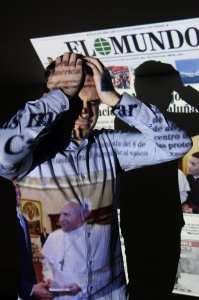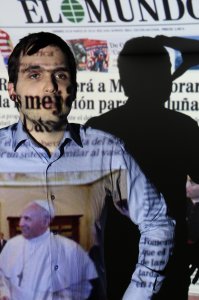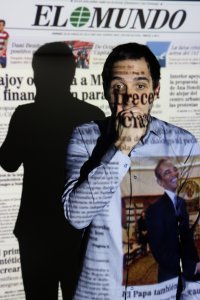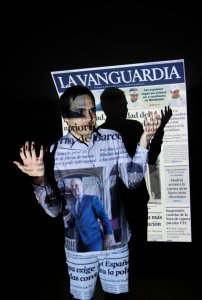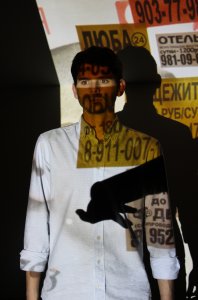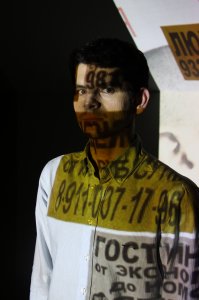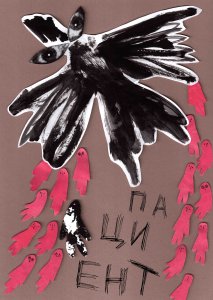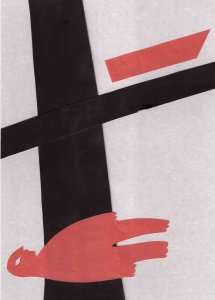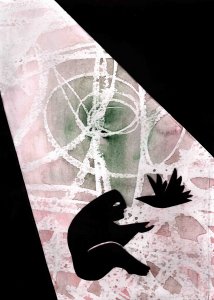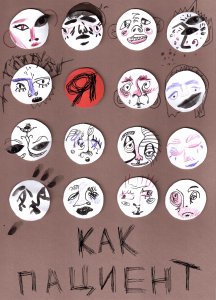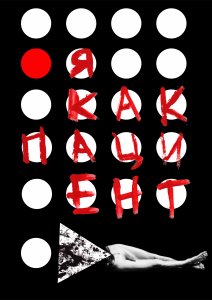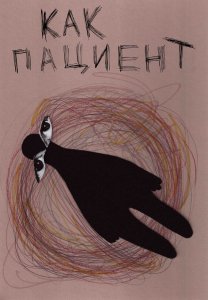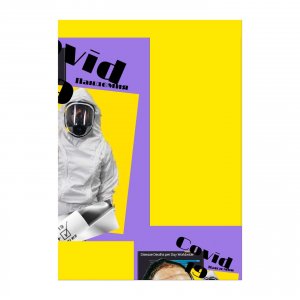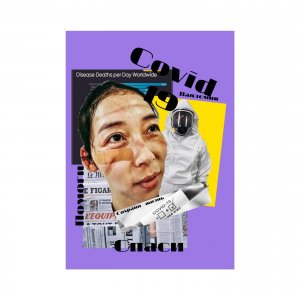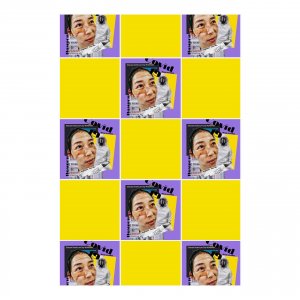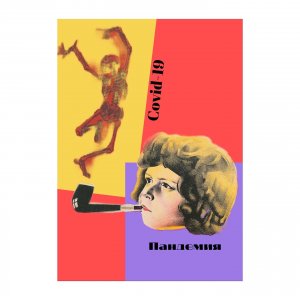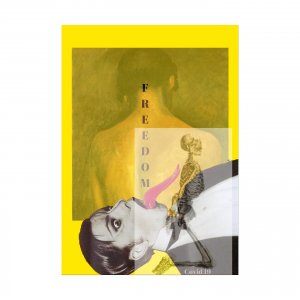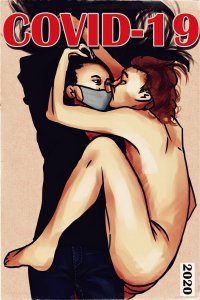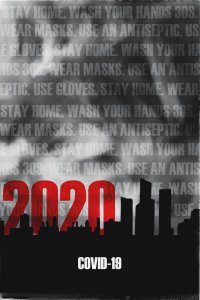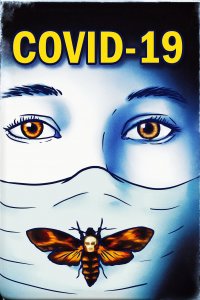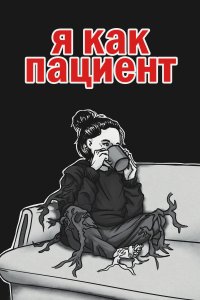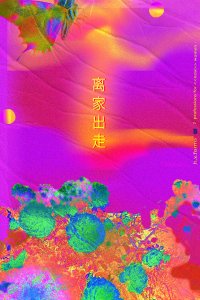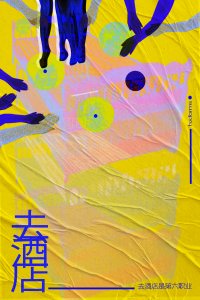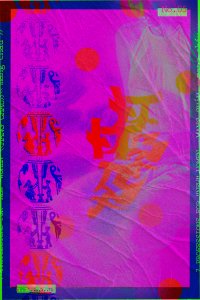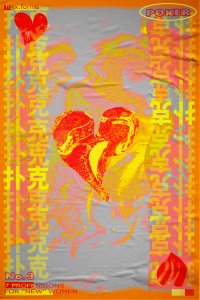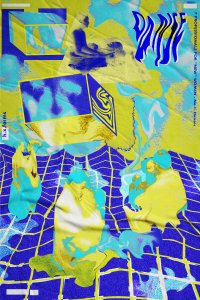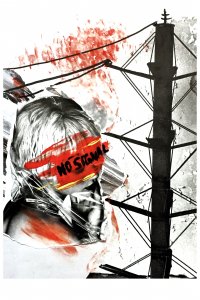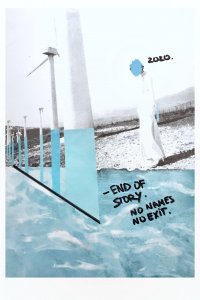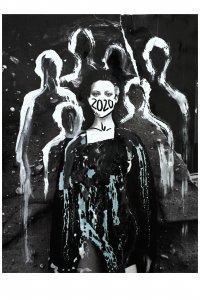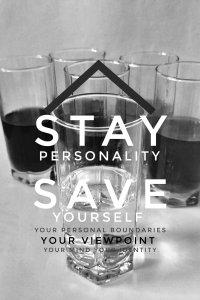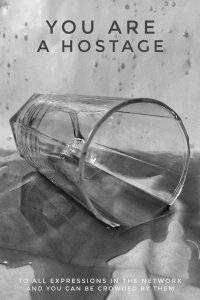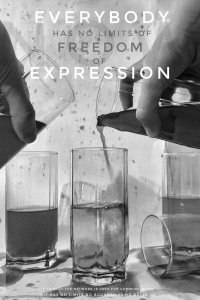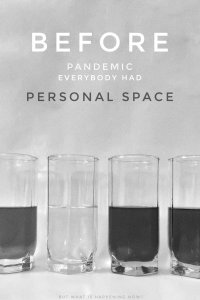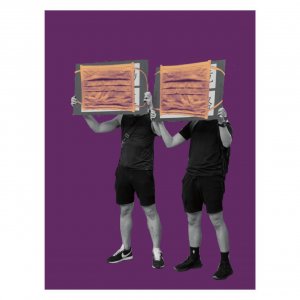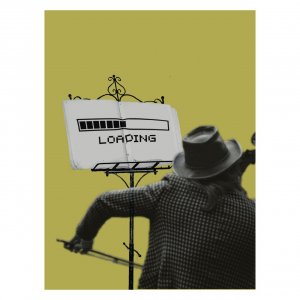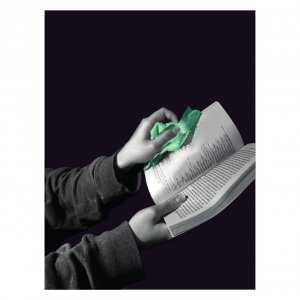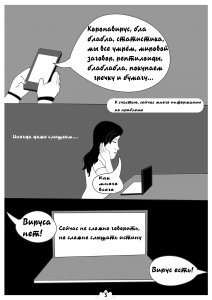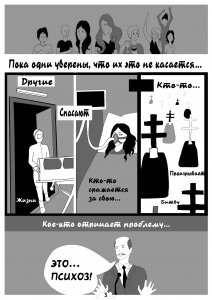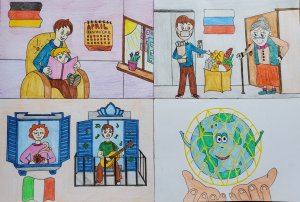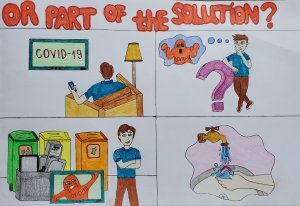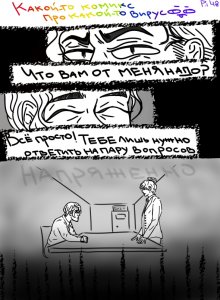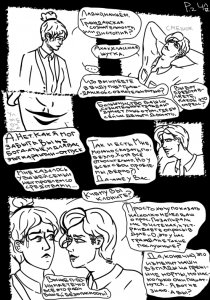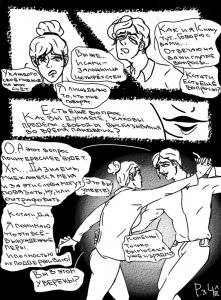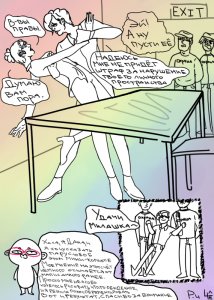Within the OSUN-Wide Visual Contest, the students were proposed to consider what happens to freedom of expression in the Covid-19 pandemic circumstances in their social, academic, and creative life. It was proposed to find expressive visual images, making it possible to reveal what is so problematic to articulate in the situation when words are not enough. 18 students from universities in Europe, Asia, and the United States submitted their artworks in 4 nominations: Animated Video / Video / Video-Clip, Photo Essay, Poster Series and Comics. To submit their artworks to the Contest, the participants posted them on the social networks Instagram, Facebook, and VK with hashtags #PandemicFreedom и #OSUNVisualContest. These works are now included in the online exhibition published on the EHU website. All participants will be awarded participation certificates issued by the OSUN.
The jury of the Contest was represented by Associate Dean of Center for Civic Engagement at Bard College (Annandale-on-Hudson, New York) Camilia Jones, faculty members of EHU undergraduate program “Visual Design” and graduate program “Visual Plastic Art” Prof. Žydrė Ridulytė, Dr. Konstantin Gaitanži, Assoc. Prof. Irina Kodiukova, Assoc. Prof. Julia Titowa, Assoc. Prof. Uladzimir Dowgialo, Maksim Zhuk, and Marius Dirgėla, as well as the faculty of Bard International Network “Freedom of Expression” course Kseniya Shtalenkova (EHU), Maria Laktionkina (EHU), Dragan Kuljanin (Al Quds Bard College for Arts & Sciences), and Azim Zheenbaev (American University of Central Asia).
Jonathan Becker, Executive Vice President of Bard College and Vice-Chancellor of OSUN says:
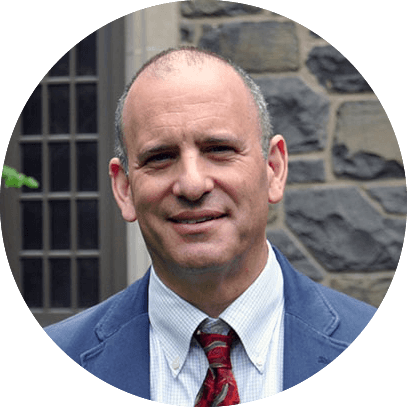 |
“This contest, which is one of the first associated with the OSUN, brought together students and faculty from campuses from Europe to Asia to the United States. By inviting students from across the globe to share in the common project of thinking about how their communities have responded to the global pandemic, it promoted OSUN’s goals of integrating learning and promoting civic engagement across geographic and demographic boundaries. We are grateful to the organizers of the contest, and we congratulate all who participated in it”.
|
Kseniya Shtalenkova, Assistant Lecturer of EHU’s Department of Humanities and Arts and curator of the OSUN Visual Contest adds:
“For me as an instructor of the Freedom of Expression course and an art person delivering my own projects during the pandemic, it was important to see the students articulating their experience of living in the circumstances of the lockdown, finding a relevant form for the expression of their critical position. I am very grateful to my colleagues, as this contest and the online exhibition became possible due to the support of EHU and the OSUN, and I hope that we can expect new interesting perspectives for the students in the future, both online and offline”.
|
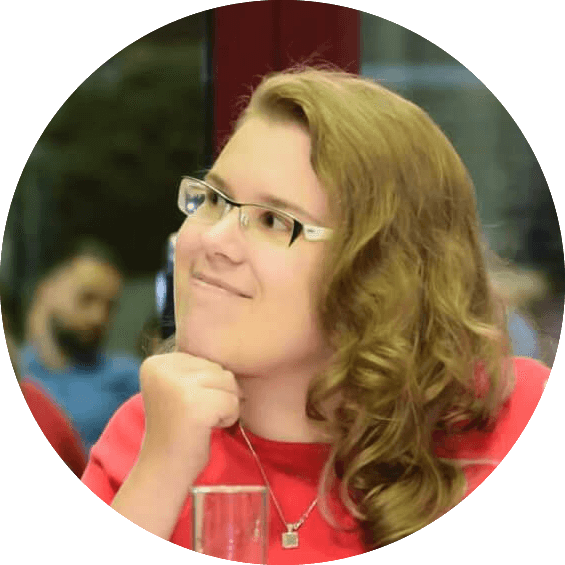 |
EHU heartily congratulates all participants of the online exhibition and wishes them success in delivering new projects! The online exhibition is available below.
Online Exhibition: Civic consciousness or dystopia? What are the limits of freedom of expression during the Covid-19 pandemic?
Animated Video / Video / Video-Clip Nomination
#VIRUS_FACT
Viktoryia Kiryltsava, European Humanities University (BA “Media and Communication”, 2nd year, high residence)
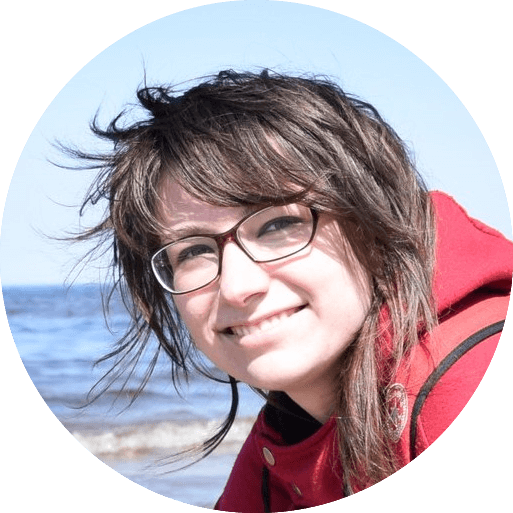 |
“In my short video “#VIRUS_FACT” using editing tools, I tried to show how many opinions and messages — conspiracy theories, individual comments, statements of politicians and the press-exist today around the COVID-19. The situation of the pandemic has further exposed and strengthened the postmodern trends in the field of media, namely, the growing role of digital infrastructures and the capture of network technologies in discussions; the triumph of a (not) transparent society (in the terminology of G. Vattimo), when a person finds oneself in a difficult situation of choice, critical and rational assessment of judgments, the need to turn to official publications and primary sources, and more importantly — in a situation of responsibility for every comment that (as in the case, for example, with the arson of 5G towers) can lead to quite tangible consequences”.
|
Video
Viktoryia on Facebook
Приятного! (Bon Appétit)
Kseniya Lukashenia, European Humanities University (“Media and Communication” BA program, 1st year, high residence)
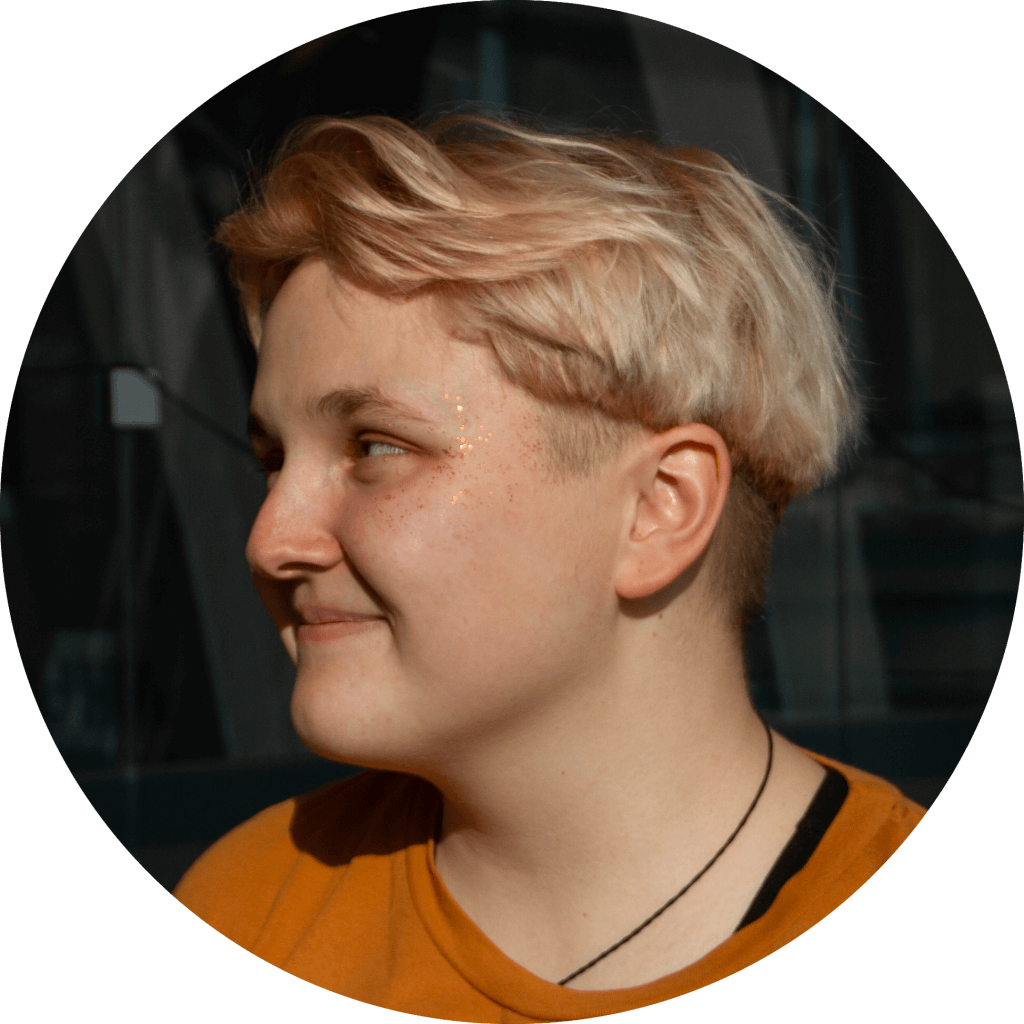 |
“My spring has been eaten alive as a cake of intolerance, roast of fear, soup of alienation. I don’t have to explain the taste, because everyone took a bite at least once. This is a video-poem about fright, resentment and anger under a handful of dandelions. Bon appetit”.
|
Video
Kseniya on Facebook and YouTube
Grand-prix: Adaptation
Polina Kukhareva, European Humanities University (Foundation Year student)
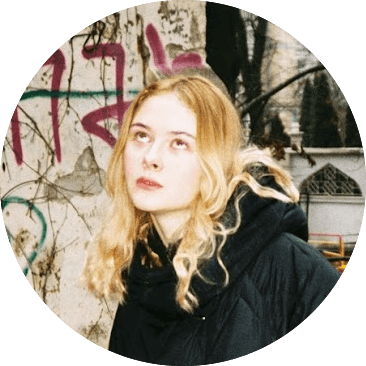 |
“The video is an example of how a person can easily adapt to changing conditions. While some are skillfully adept at accepting an absurd reality, others are successful at profiting from it.”.
|
Video
Polina on Instagram and VK
Photo Essay Nomination
My vision of coronavirus infection
Natallia Aharelysheva, European Humanities University (“Cultural Heritage Development” MA program, 2nd year)
 |
“Coronavirus is our reality today, but it will pass. In my photo essay, I articulate such topics as intergenerational relationships (a syringe of my grandmother coming from the 1950s, mustard plasters of the late 1990s and modern vitamin C), tea with turmeric and zira — my personal prevention of coronavirus infection, I remember myself during my years of work in the Belarusian sanitary service (in this autoclave they kill microbes). Here are also my notes on epidemiology and virology, during my years in the Belarusian sanitary service, I tried on a plague-proof suit back then, and rarities from my grandmother — songs from the war years and photos from the 1970s”.
|
Natallia on VK
#sketchplanetbox
Larisa Belkina, European Humanities University (“European Heritage” BA program, 2nd year, low residence)
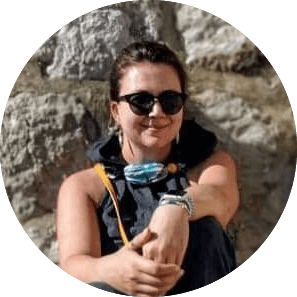 |
“It looked as if the world had narrowed to one person who became like everyone, like everyone else. There is nowhere and impossible to fly, go, and even if we could, in any part of the earth everything is the same as around each of us: mask, vulnerability, lack of freedom, ban, distance, home office, refrigerator and only different books and dog breeds, thanks to which you can be a little more free in reality and imaginary… Everything that distinguished us from each other seemed to be an abyss of cultures and distances united by one microscopic virus. The general shock of awareness, as in the case of a serious illness, was covered with waves: anger, bargaining, despair, acceptance, humility… Quarantine was a difficult period, but a very useful experience, thanks to which we now know exactly how the world is shaky, how vulnerable our Balloon is and how each of us needs care”.
|
Larisa on Instagram
anti social-distancing / NY on pause
Isis Pinheiro, Bard College Annandale-on-Hudson (Hannah Arendt Center for Politics and Humanities)
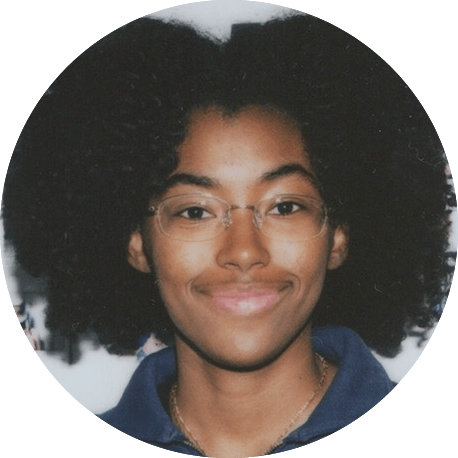 |
“The COVID-19 pandemic has raised questions about the control and influence the US government has over its citizens and inhabitants. In raising these questions it has also highlighted the distrust and lack of respect Americans have for their government. In some cases, such as with the lives of Black people, this distrust and disrespect is justified. The pandemic has only amplified the US government’s illegitimate imagining of freedom”.
|
Isis on Instagram
PSYCHOSIS
Yana Verenchuk, European Humanities University (“Media and Communication” BA program, 1st year, high residence)
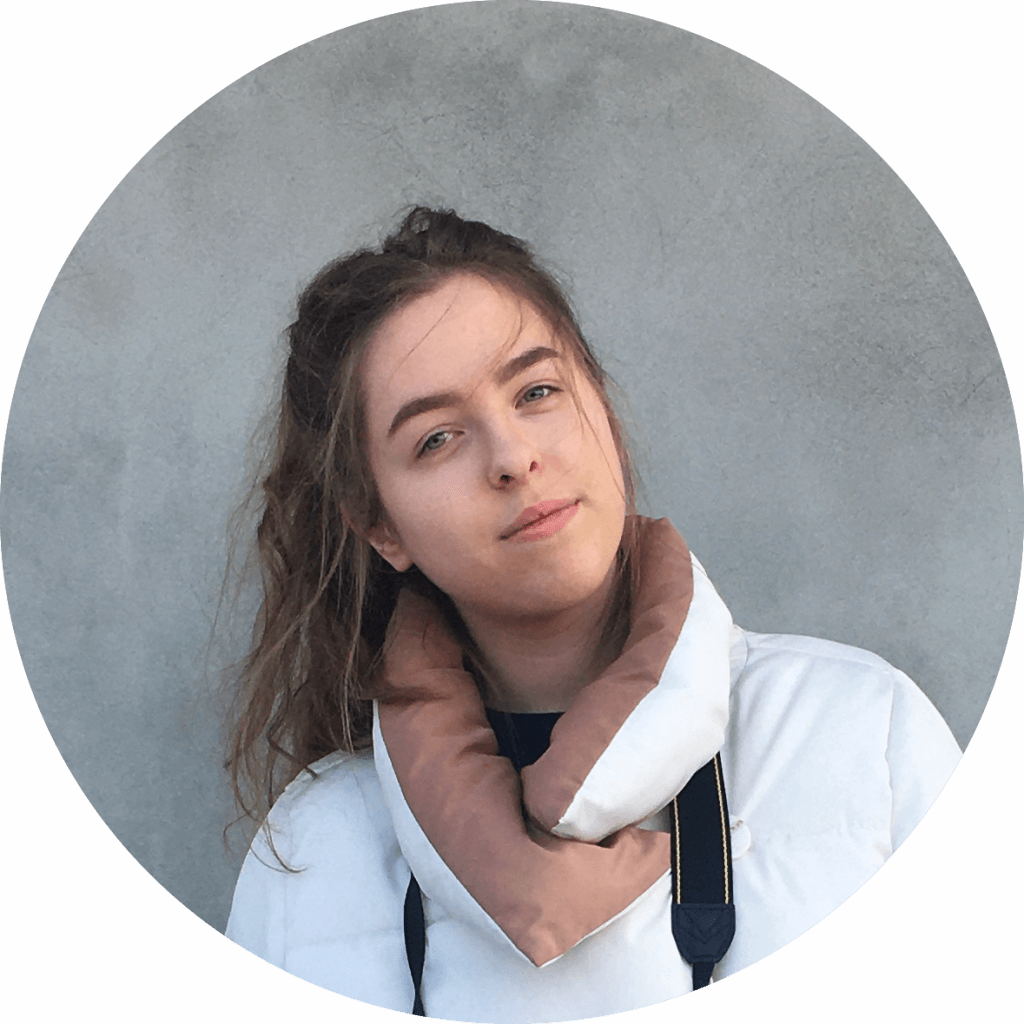 |
“I think every Belarusian has heard the words of our president about the coronavirus. They are everywhere. “This is psychosis; a tractor and a field could cure you; if the virus is not visible, then there are no viruses here”. The news was full of these headlines. So I decided that these phrases would be the “headlines” of my work, like a running line on a store around the corner. The mask is a barrier against the ability to speak freely, it is an allegory for the strict censorship. You can talk but it will be harder to be heard — you have to speak louder. I want to focus on the photo where a girl bounces and reaches for tiny white lines. As you know some activists of the Molodezhny Block were arrested. They carried a coffin on Independence Avenue in Minsk protesting against holding a Victory Day parade during the pandemic. The white square in the photo is translated news about them. I wanted to show the problem of the freedom of expression in Belarus, and how it manifests itself in the context of a pandemic. And it’s you to decide whether I succeeded or not”.
|
Yana on Instagram
Grand-prix: Speaking walls
Darya Karalkova, European Humanities University (“Visual Plastic Art” MA program, 1st year, high residence)
 |
“We live in the era of oversaturated information, in the era in which it is difficult to separate documentary from fiction. You can consider me a limited person, but I do not read 90% of the news that is not related to the art world. Perhaps I have this attitude to the news since I am from Belarus, where over the past 30 years the most striking news was the news like this “during the preparation for a military parade a tank crashed into a pole” and “a wife stole a tractor from her husband on a collective farm”. It so happened that I know about everything globally important by talking to people and it is always something fatal. Especially in a situation of the pandemic, this is the news that cannot be ignored, as it is the issue of life and death. A few weeks ago I shot a project. Its topic was the space of anxiety and one of the first examples of such a space for me was the media space. It is amazing how relevant, even sarcastic, it shows up here and now in the conditions of total panic, the source of which is the news space itself. I just want people not to forget that one of the most important signs of the education and adequacy of a human being is his or her ability to use critical thinking”.
|
Darya on Facebook
Poster Series Nomination
Me as a patient
Aleksandra Chechet, European Humanities University (Foundation Year student)
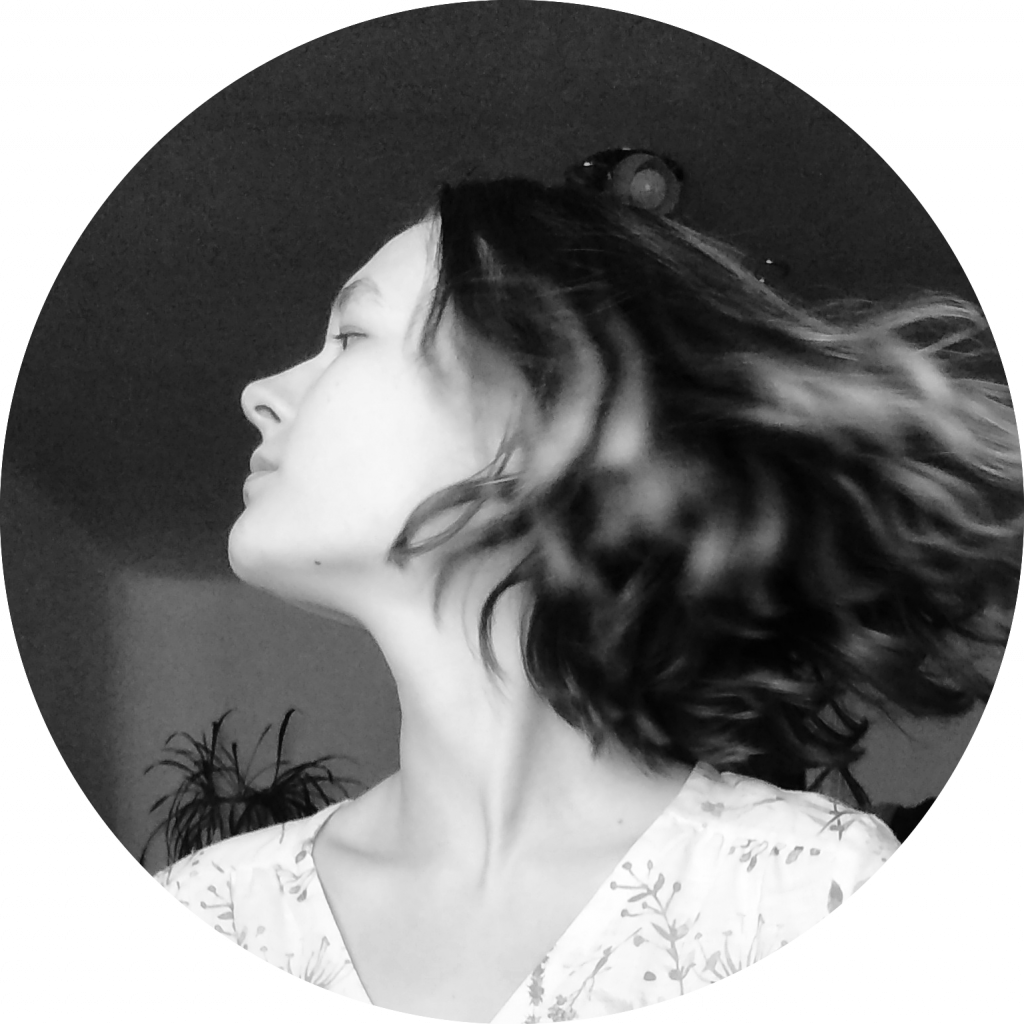 |
“In this series posters, I wanted to depict the original anguish of people who were involuntarily imprisoned. To show what it feels like to live with a memory that has acquired the taste of regret and is no longer affected by anything. An intensified loneliness where no one can count on the help of a friend/family and has to be alone with all their worries/thoughts/feelings”.
|
Aleksandra on Instagram
Covid-19
Maria Kulik, European Humanities University (Foundation Year student)
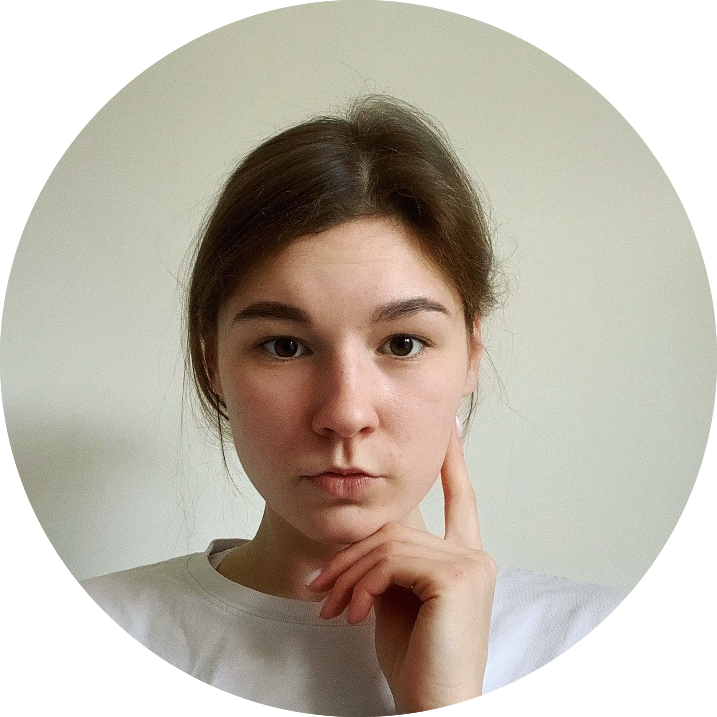 |
“When you realize that you have become a “patient”, there is nothing worse than understanding that you are also a hostage to the situation. It is mostly difficult to say something — It is easier to see and then understanding happens. I hope that in this complicated situation my work could replace a thousand words and speculations”.
|
Maria on Instagram
Specifications
Yuliya Lasitsa, European Humanities University (Foundation Year student)
 |
“These works, for the most part, refer to the media culture. I wanted to show what this situation is associated with from my perspective, through familiar images”.
|
Yuliya on Instagram
Gái 7 nghề (Reviewing History: 7 Professions for “New” Women)
Hân Nguyễn, Fulbright University Vietnam (Undergraduate Program in Liberal Arts, 1st year)
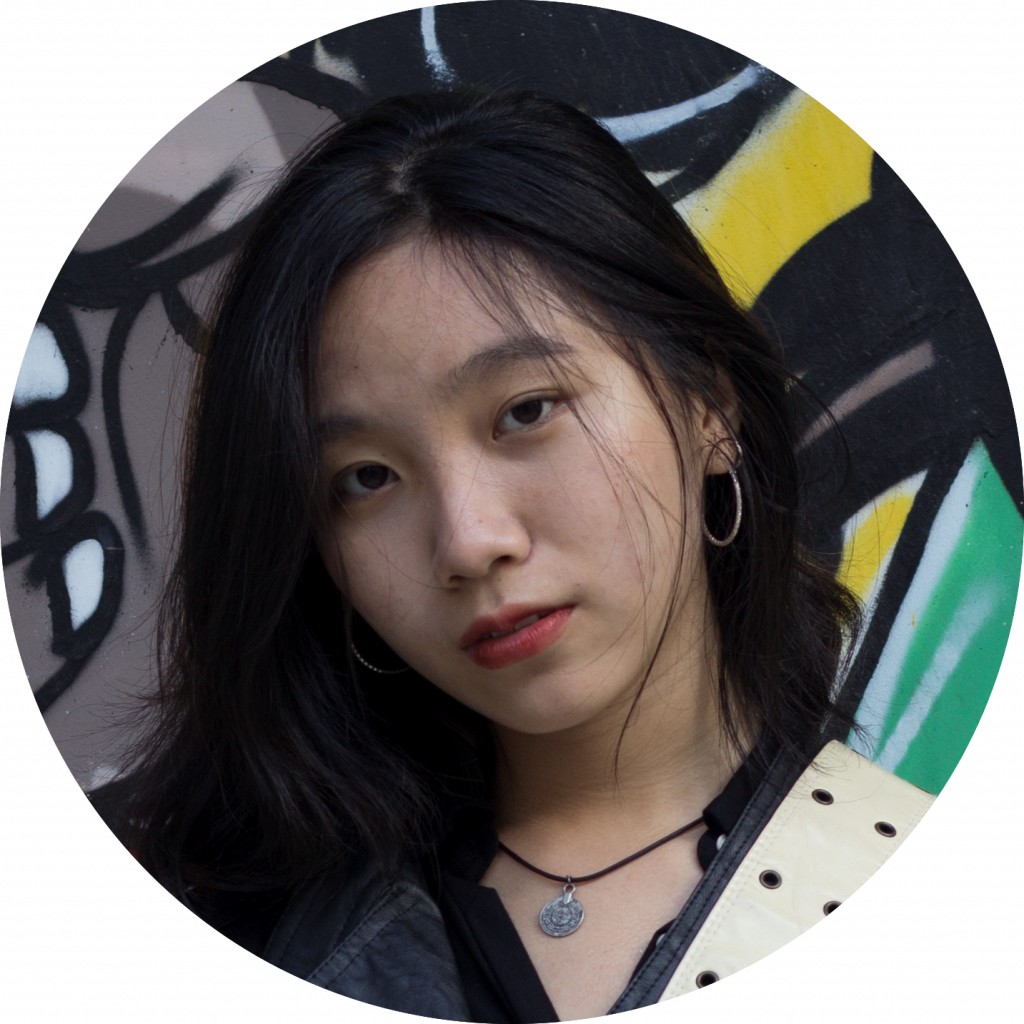 |
“Amidst the chaos of this pandemic, “freedom”, literally, emerges to be far-fetched. Neither at the present nor in the future I can truly own it or physically hold it. Thus I choose to feel this concept by illustrating the past, when “freedom” is a resistance to the fixed, a “taboo” to the convention, as strictly attached to the female body to shape the figure of “new women”.
“Reviewing History” is a personal project in which I experience random effects of images — interspersed with the process of conceptual visualization of Vietnamese History in the period of the French Colonial Empire. Assuming culture as a process involves enacting accidental selections, ranges of shades and layers, the project is conducted under the rule of automatism: layers on layers with random effects. Even though the project may not directly critique or respond to the current pandemic, it highlights a process of testing the concept of “freedom” in its historical and epistemological pathway. And being included in this word of diversity, of magic, I sense the responsibility of bringing the culture — the color palette I grew up with to our big picture of creativity”.
|
Hân on Instagram and Behance
deafening silence
Elizaveta Rogova, European Humanities University (Foundation Year student)
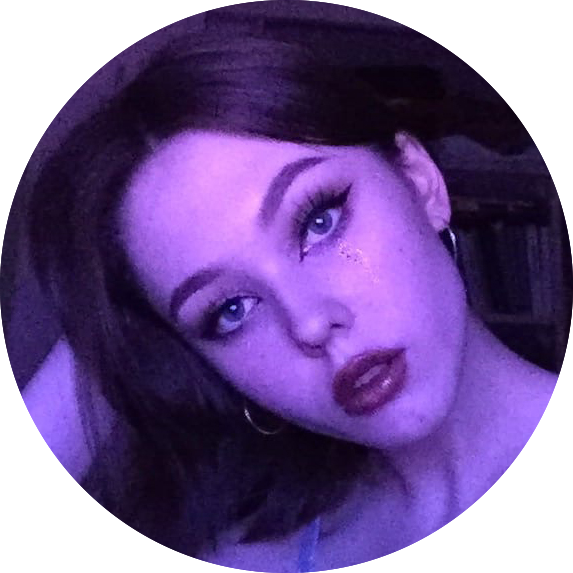 |
“This poster series was inspired by my feelings and observations during the isolation. One of the main theme of these works is changes between old and new everyday routine, as well as a new generation of solitude. And in deafening silence I hear my voice, before I fall asleep again”.
|
Elizaveta on Instagram
Personal space
Aliona Stepanova, European Humanities University (Foundation Year student)
 |
“Civic consciousness or dystopia? What are the limits of freedom of expression during the Covid-19 pandemic? I want to share some thoughts about pandemic freedom. What are the limits of expression, what are the limits of your own space? Living in society, walking on streets, everybody has personal space and people know that. Nowadays the only source for communication between us is the network. It has no boundaries, it’s an uncontrollable flood of all sorts of information and expressions. You can’t choose what you will be filled with and unfortunately as a result you can be a hostage to unwelcome expressions, you can be filled with them as a glass. So, stay away from such sources in order to save yourself. Show everyone your personal boundaries, let it be the limits for them, but freedom and space for you”.
|
Aliona on Facebook
Grand-prix: Quarantined creative
Katsiaryna Plaksa, European Humanities University (“Visual Design” BA program, 2nd year, high residence)
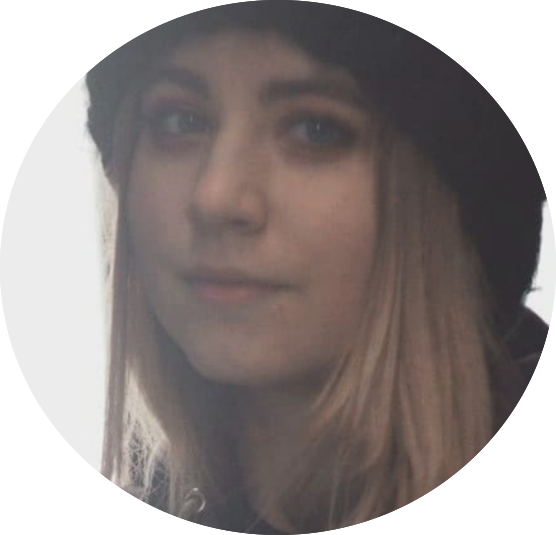 |
“Through these posters, I wanted to illustrate limitations that people face during the pandemic in both creative and social environments. The quarantine created a huge number of technical problems, but it seems to me that we can use such a difficult situation as a reason to rethink the value of the ability to create and express our position absolutely freely”.
|
Katsiaryna on Facebook
Comics Nomination
Difficult to hear
Alisa Saldatava, European Humanities University (“Visual Design” BA program, 2nd year, low residence)
 |
“Today there are lots of rumours and gossip about the Covid-19. As far as I know, due to the development of social media and networks we are free to tell and write everything we want. And now this problem is extremely actual, because nowadays the lack of information is not a problem, the problem is overabundance of information. And in this noise we should learn how to hear the truth”.
|
Alisa on Facebook
Are you part of the problem or part of the solution?
Hanna Sushko, European Humanities University (“European Heritage” BA program, 2nd year, low residence)
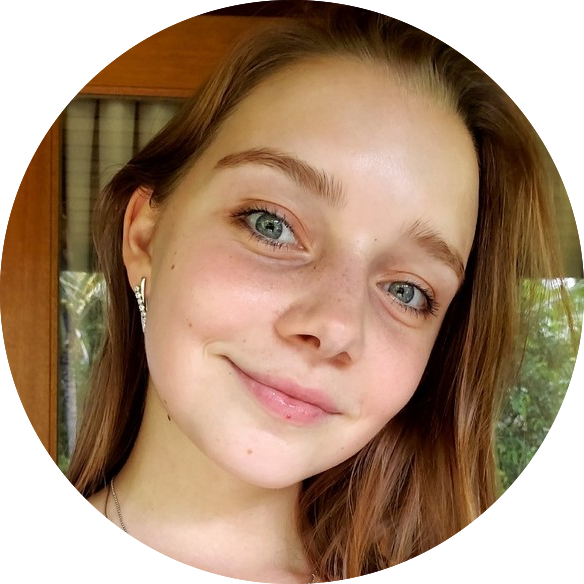 |
“People’s tensions are only slightly related to what is happening in the world now. Actually, the accumulated internal anxiety comes to the surface. This anxiety arises due to the fact that the world is changing and invites us to take responsibility. No one (the government, medicine, religion) can guarantee us a happy free life without our personal participation in it.
The anxiety that comes to the surface needs to be implemented. The person begins to throw it out. But this is pointless because the anxiety still remains inside. It is connected with the inability of the world to maintain the level of irresponsibility that we (humans) carry in ourselves, shifting responsibility to things and institutions in the external world.
The anxiety is resolved by action.
1) We must understand that anxiety has no end. The anxiety is endless.
2) Become part of the solution, not part of the problem.
3) Understand that nothing restricts your freedom (including emotional freedom). In any situation, we can choose the activities, thoughts, feelings that we want.
Think about it, who are you in this situation: a part of the problem or the part of the solution?”
|
Hanna on Instagram
Grand-prix: A comics about a virus
Danaya Ulanova, American University of Central Asia (Technical School of Innovation College, 1st year)
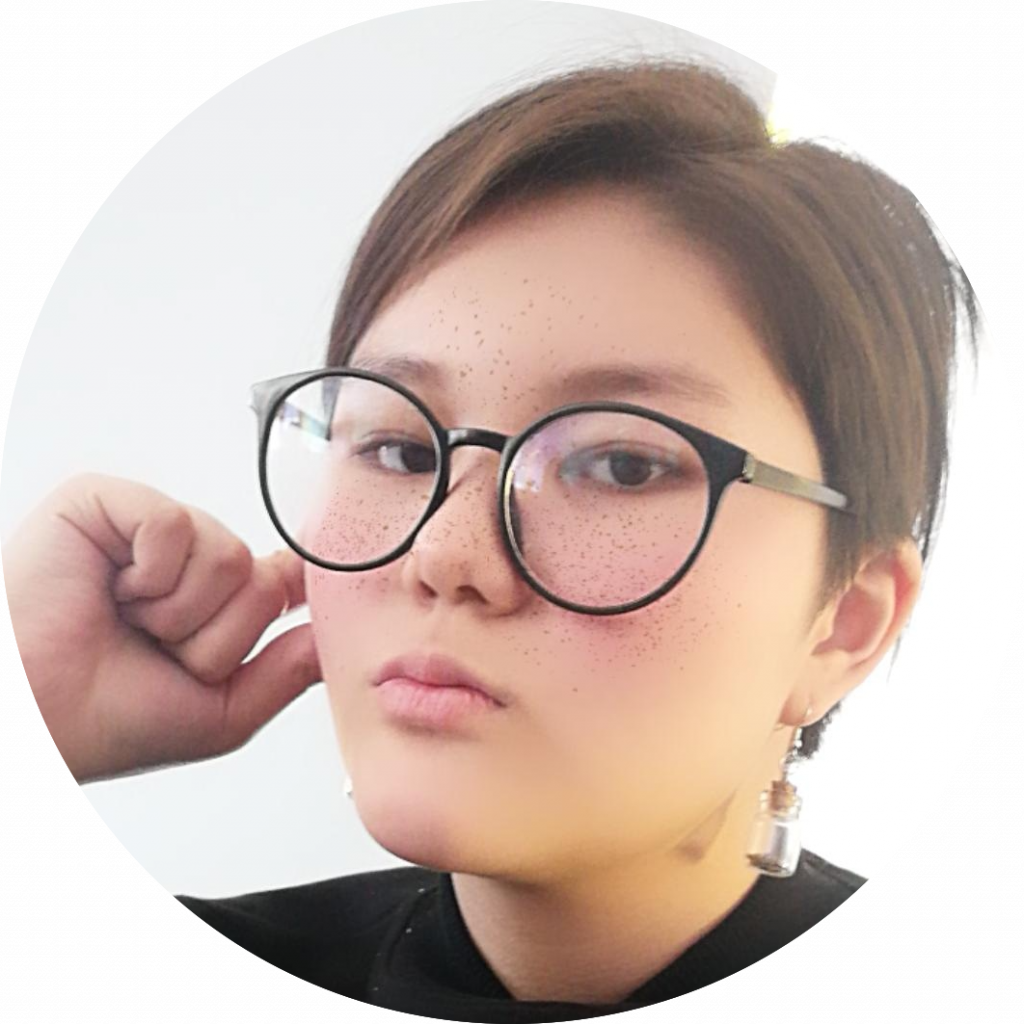 |
“Actually, that’s the topic I’ve been avoiding all quarantine, but “why not?”. The idea of drawing the interrogation came to me as soon as I read the subject, and I got this special”.
|
Danaya on Instagram




















